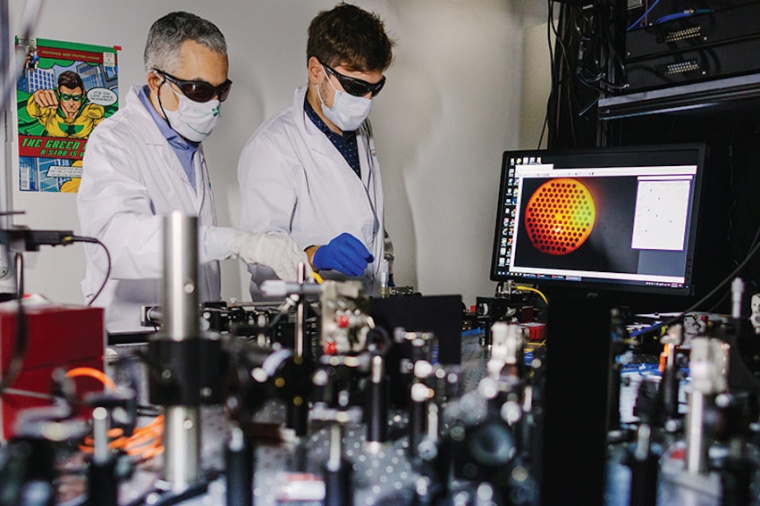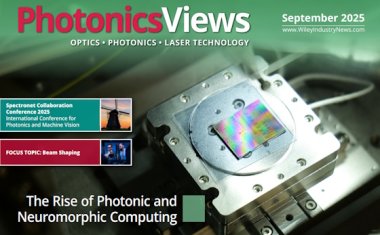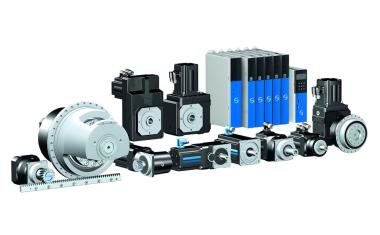New kind of photonic crystal fibers
Advanced laser-printing techniques prove ideal for creating tiny optical communication devices with complex internal structures.
Small-scale optical devices capable of using photons for high-speed information processing can be fabricated with unprecedented ease and precision using an additive manufacturing process developed at KAUST. Fiber optics are conventionally produced by drawing thin filaments out of molten silica glass down to microscale dimensions. By infusing these fibers with long narrow hollow channels, a new class of optical devices termed “photonic crystal fibers” were introduced. The periodic arrangement of air holes in these photonic crystal fibers act like near-perfect mirrors, allowing trapping and long propagation of light in their central core.

“Photonic crystal fibers allow you to confine light in very tight spaces, increasing the optical interaction,” explains Andrea Bertoncini, a postdoc working with Carlo Liberale. “This enables the fibers to massively reduce the propagation distance needed to realize particular optical functions, like polarization control or wavelength splitting.” One way that researchers use to tune the optical properties of photonic crystal fibers is by varying their cross-sectional geometry – changing the size and shape of the hollow tubes, or arranging them into fractal designs. Typically, these patterns are made by performing the drawing process on scaled-up versions of the final fiber. Not all the geometries are possible with this method, however, due to the effects of forces such as gravity and surface tension.
To overcome such limitations, the group turned to a high-precision three-dimensional printing technology. Using a laser to transform photosensitive polymers into transparent solids, the team built up photonic crystal fibers layer by layer. Characterizations revealed that this technique could successfully replicate the geometrical pattern of several types of microstructured optical fibers at faster speeds than conventional fabrications. Bertoncini explains that the new process also makes it easy to combine multiple photonic units together. They demonstrated this approach by 3D printing a series of photonic crystal fiber segments that split the polarization components of light beams into separated fiber cores. A custom-fabricated tapered connection between the beam splitter and a conventional fiber optic ensured efficient device integration.
“Photonic crystal fibers offer scientists a type of tuning knob to control light-guiding properties through geometric design,” says Bertoncini. “However, people were not fully exploiting these properties because of the difficulties of producing arbitrary hole patterns with conventional methods. The surprising thing is that now, with our approach, you can fabricate them. You design the 3D model, you print it, and that's it.” (Source: KAUST)











